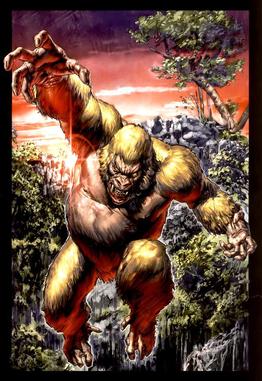DC Comics is one of the most famous comic companies in the world, and they have had mainstays of the superhero genre like Batman, Superman, and Wonder Woman for the last 80 years. Those were the most famous characters to come out of the Golden Age, but there were plenty of others that have fallen into obscurity.
The Golden Age of Comics was a period in comics history from 1938 with Action Comics #1 until the mid-1950s when superheroes were all but extinct in comics. It was known for an abundance of superheroes, but there were plenty of other genres, with war and detective stories being a large part of the books made each month.
Hop Harrigan
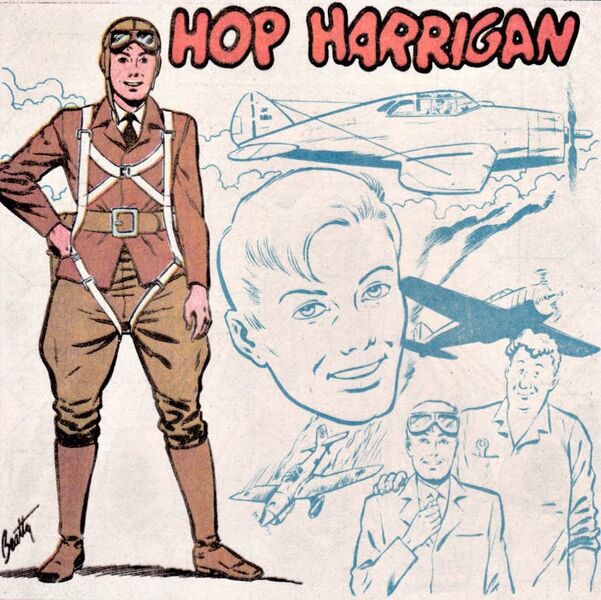
Credit: Terry Beatty
Hop Harrigan is a character that once had great, lasting fame, but now has almost no fans. Hop Harrigan had a 6 year run on the radio with a radio show and has a 15-chapter movie serial. That movie serial was made by Columbia Pictures, meaning that Hop Harrigan had what amounted to a movie made by the same company that has made the Spider-Man films. Think about that. A character almost no one remembers had a movie made by the same company that produced some of the most famous superhero movies.

Hop Harrigan first appeared in 1939’s All-American Comics #1. He was originally created by Jon Blummer, who, outside of comics, is known for being the son of the founder of Blumer College of Naturopathy, which was raided in 1923 because of allegations of medical fraud. Hop Harrigan was an aviation-themed character and is credited as being one of the first aviators in comic books.
Hop Harrigan’s father was a legendary pilot who disappeared while flying, and Hop was adopted by his cruel neighbor who adopted him for the sole purpose of getting Hop’s enormous inheritance. One day, this neighbor attempted to destroy the aircraft that belonged to Hop Harrigan’s father, so Hop stole the plane and flew away. He got to an airfield, where he saved the life of a mechanic, Tank Tinker, who became his friend and a regular part of the feature. Hop, Tank, Prop Wash (the pilot who almost killed Tank), and a wealthy heiress (who would later go on to become Hop’s girlfriend) would found All-American Aviation, which was named after the book they were featured in, All-American Comics.
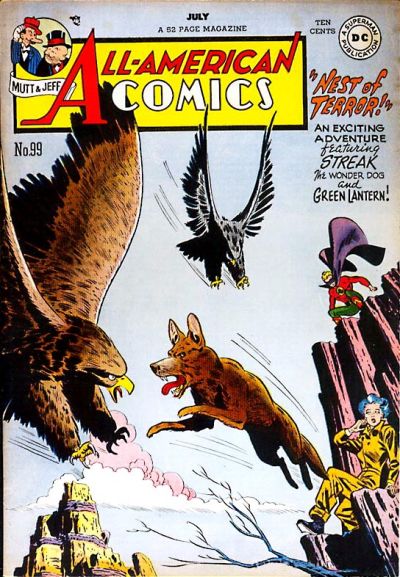
This group were the main characters of the feature, and the book would face multiple changes. First, the Hop Harrigan’s creator decided to test out Hop Harrigan as a superhero, so Hop Harrigan had a costume for a few issues. Next, during World War II, like many other characters, Hop Harrigan and his friends joined the US Army Air Corps to fight in the war. Finally, Hop Harrigan appeared under the name of Black Lamp. Hop Harrigan would last appear in All-American Comics with issue 99.
Ghost Patrol
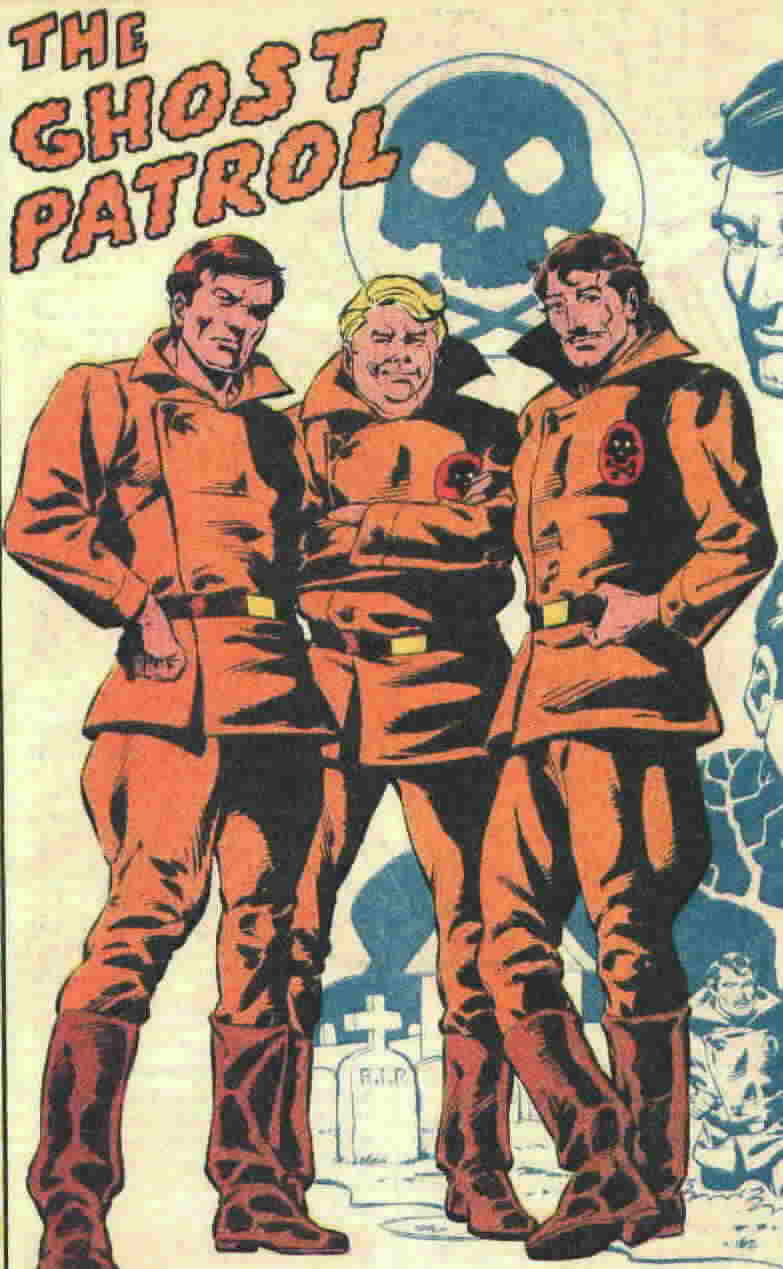
First appearing in Flash Comics #29, the Ghost Patrol was a group of undead aviators that operated during World War II. They were created by Ted Udall and Frank Harry. They consist of Fred, Pedro, and Slim, who were pilots whose planes were sabotaged because they refused to bomb innocent civilians. They did not die, but instead became beings in a state of limbo, neither alive nor dead. They were able to appear and disappear at will. They decided to use their newfound powers to become the Ghost Patrol in order to fight German soldiers during World War II. After the war, they decided to fight every-day criminals.
They lasted in print until Flash Comics #104, when the title was canceled. In reality, they actually lasted for 6 more issues, and possibly more, as DC Comics worked far enough ahead that they had at least Flash Comics #110 completed, but it is possible there are more, as we only know about them appearing in Flash Comics #110 because Marv Wolfman saved some of the original art, and it is speculated the page that was found was from his work saving the panels when he was an intern.
Slam Bradley

Credit: Jim Aparo
Slam Bradley was an early creation of Superman creators Jerry Seigel and Joe Shuster. He first appeared in Detective Comics #1 and was originally conceived by Malcolm Wheeler-Nicholson, publisher of National Comics, which became DC Comics. Wheeler-Nicholson contacted Jerry Seigel and stated, in a letter dated May 13, 1936, “We want a detective hero called ‘Slam Bradley’. He is to be an amateur, called in by the police to help unravel difficult cases. He should combine both brains and brawn, be able to think quickly and reason cleverly and able as well to slam bang his way out of a bar room brawl or mob attack.”
Slam Bradley originally was located in Cleaveland, Ohio, which was the birthplace of Jerry Siegel, and the place where Jerry Siegel and Joe Shuster first met. Slam Bradley then moved to New York City, which was the location of the major comic publishers, including National Comics, which Jerry Siegel and Joe Shuster worked for.
Slam Bradley was featured in Detective Comics from issue #1 up until issue #152, although Slam Bradley himself was not actually in Detective Comics #152. Bradley would disappear from comics for decades, until he showed up in Detective Comics #500, in which Slam Bradley would team up with fellow detectives Roy Raymond, The Human Target, Captain Compass, Pow-Wow Smith, Jason Bard, and Mysto. This was in celebration of 500 issues of Detective Comics, with all of the previously named characters being detectives that had long-running features in Detective Comics.
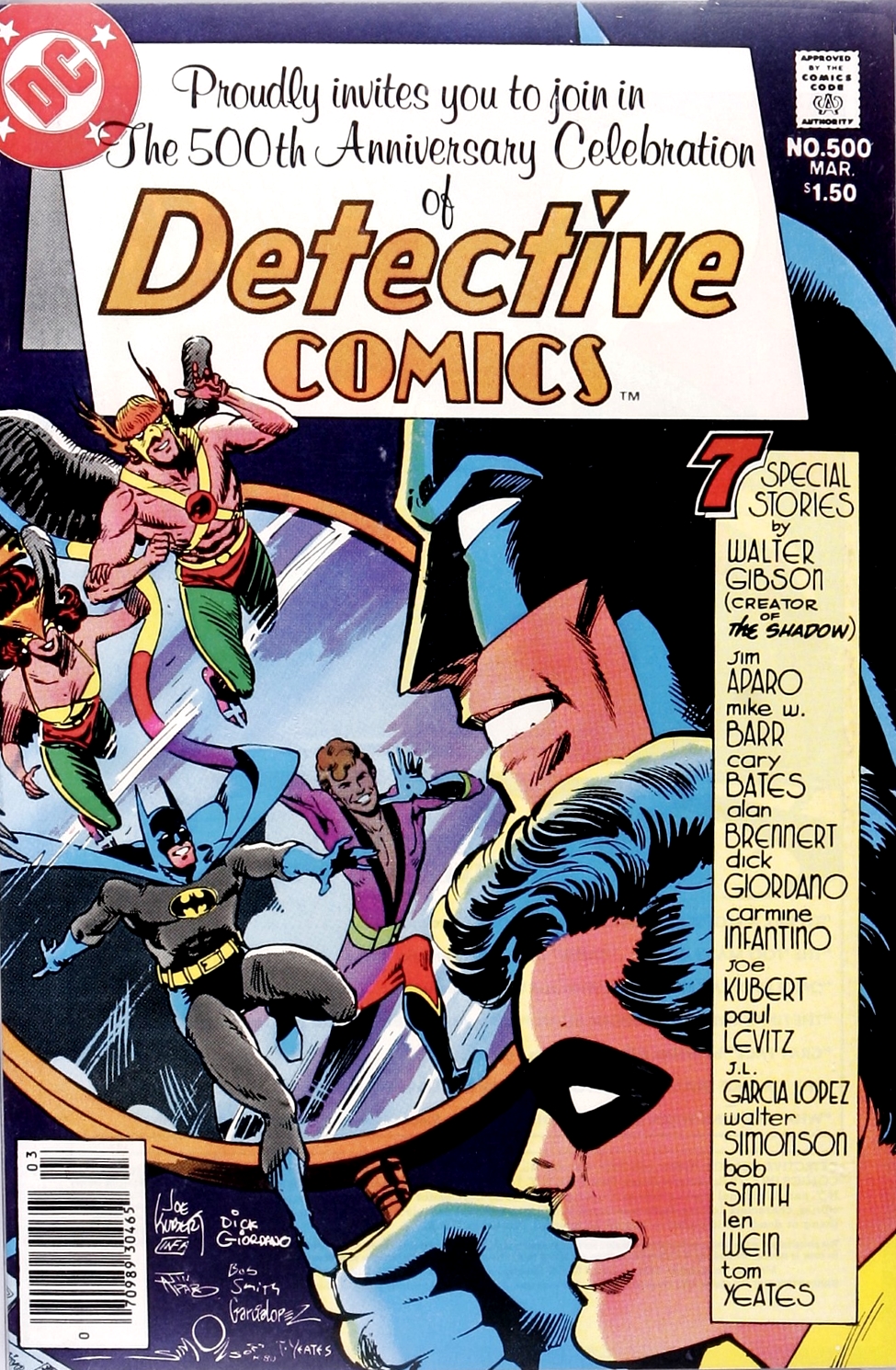
After this outing, Bradley would be remade during the events of Crisis on Infinite Earths, where Bradley would come in contact with the Batman Family a multitude of times. Slam Bradley was a long-time supporting character in the Ed Brubaker Catwoman series.
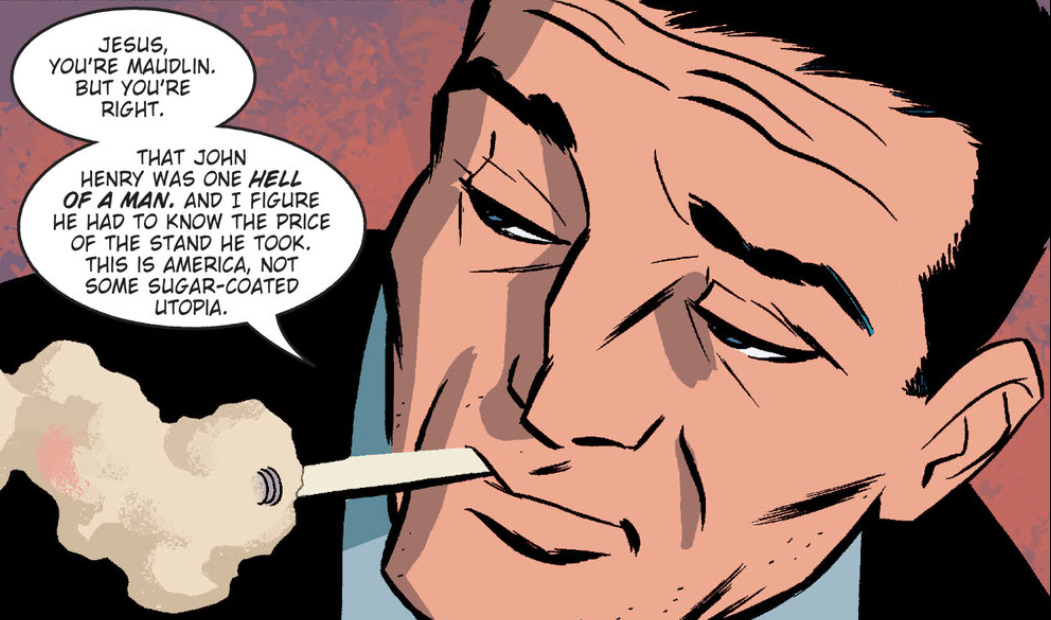
Outside of DC continuity, Slam Bradley would appear in Darwyn Cooke’s DC: The New Frontier. This Slam Bradley was similar to his early appearances, and he had a small but important role as the detective partner of Martian Manhunter’s partner while Martian Manhunter was disguised.
Congo Bill
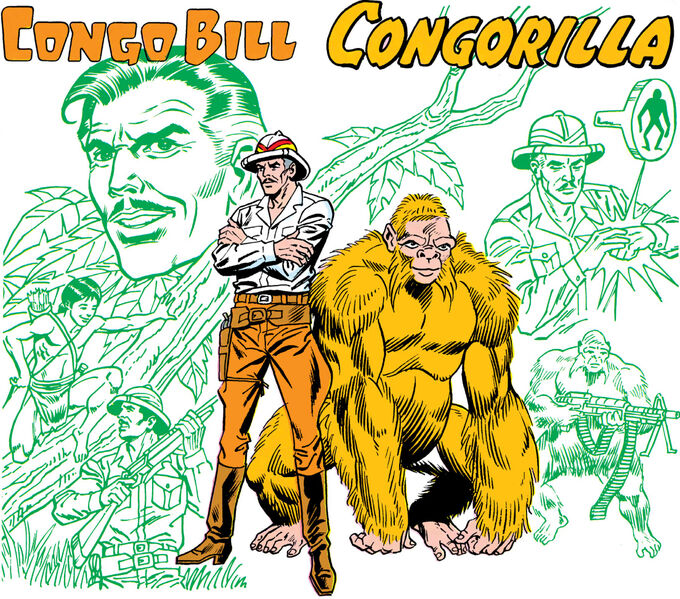
Perhaps the most obscure and oddest character on this list is Congo Bill, who was a simple adventurer that was within the pages of More Fun Comics. Congo Bill first appeared in More Fun Comics #56, he lasted in More Fun Comics until issue #67, when he moved to Action Comics. He first appeared in Action Comics in issue #37 and lasted until Action Comics #228 as Congo Bill. During that time, he gained a 7 issue solo-series, which was reserved at the time for the more popular characters. In Action Comics #228, he underwent a major revision. He turned into a talking, intelligent gorilla. No, that is not a joke. He actually became a talking gorilla. He became Congorilla, and the title of his feature was changed to reflect that. Congorilla lasted in Action Comics until #261 when he moved to Adventure Comics. He lasted in Adventure Comics from issue #270 until issue #283. This was in 1961, and he fell immediately into obscurity where he only gained brief periods of popularity when he guest-starred in other titles. He also gained a slight boost of popularity when he gained a miniseries in 1992, and another in 1999. Congorilla appeared in 2009’s Cry for Justice and a one-shot in 2011. He last appeared in Rebirth continuity as warden of Monster Rock.
